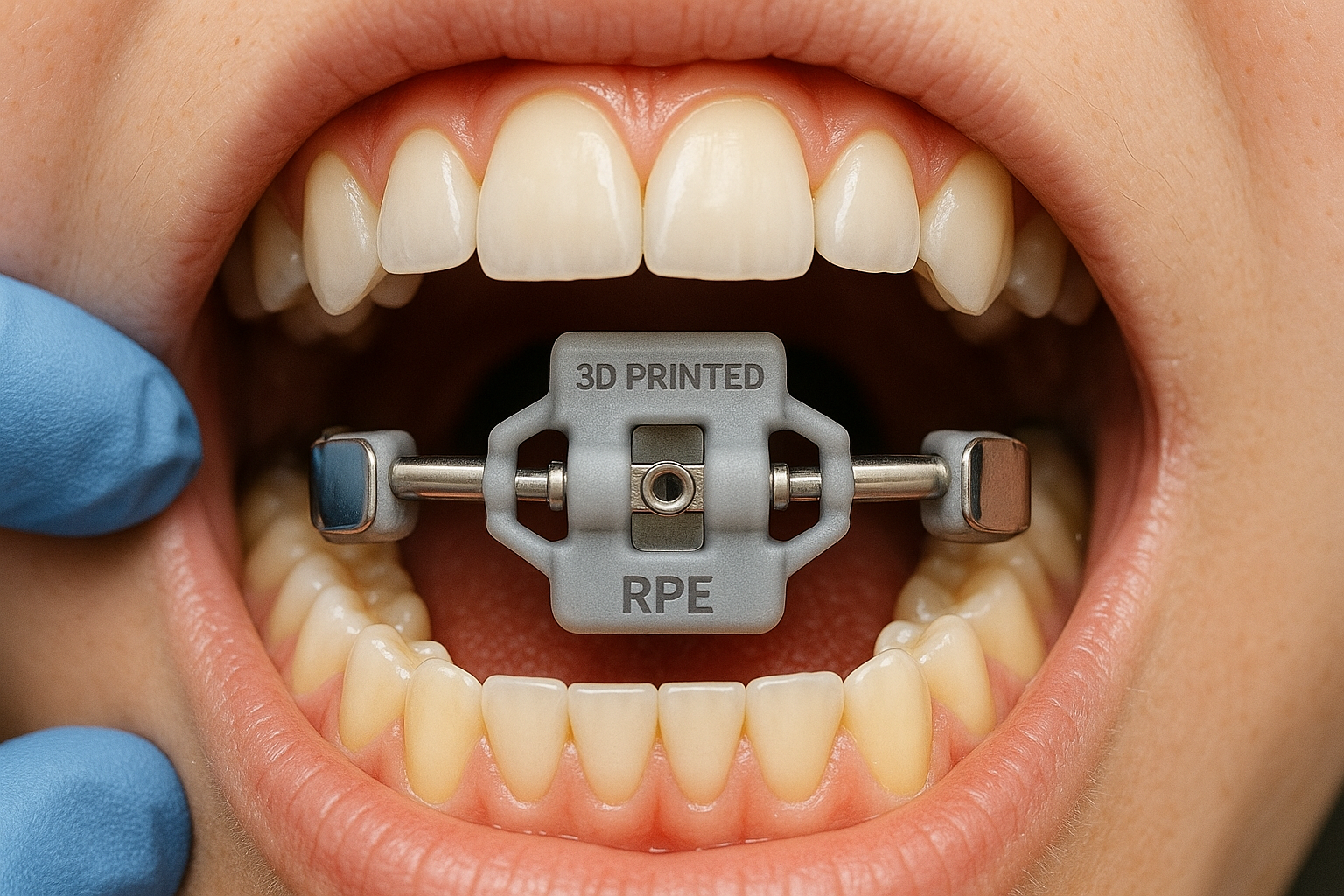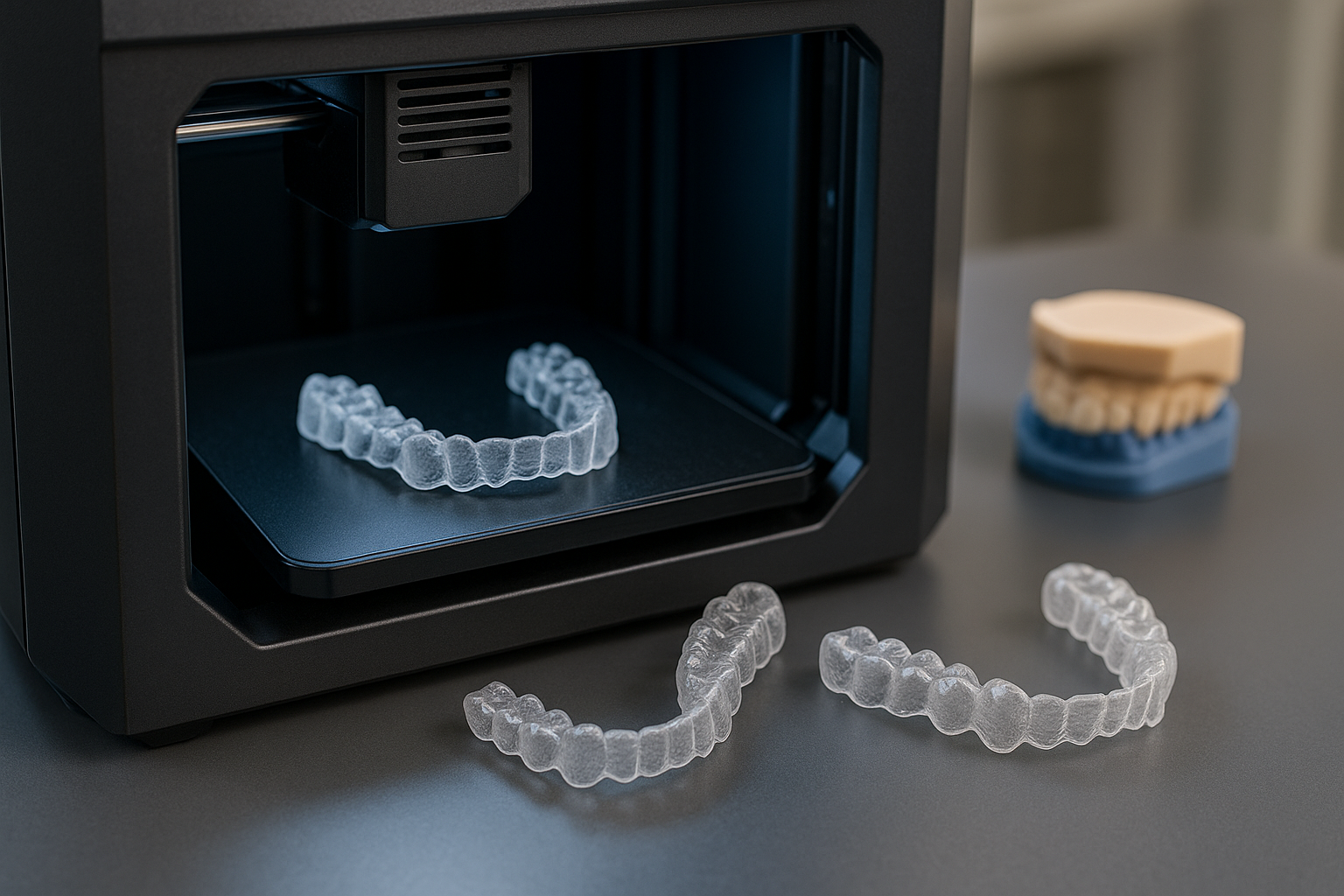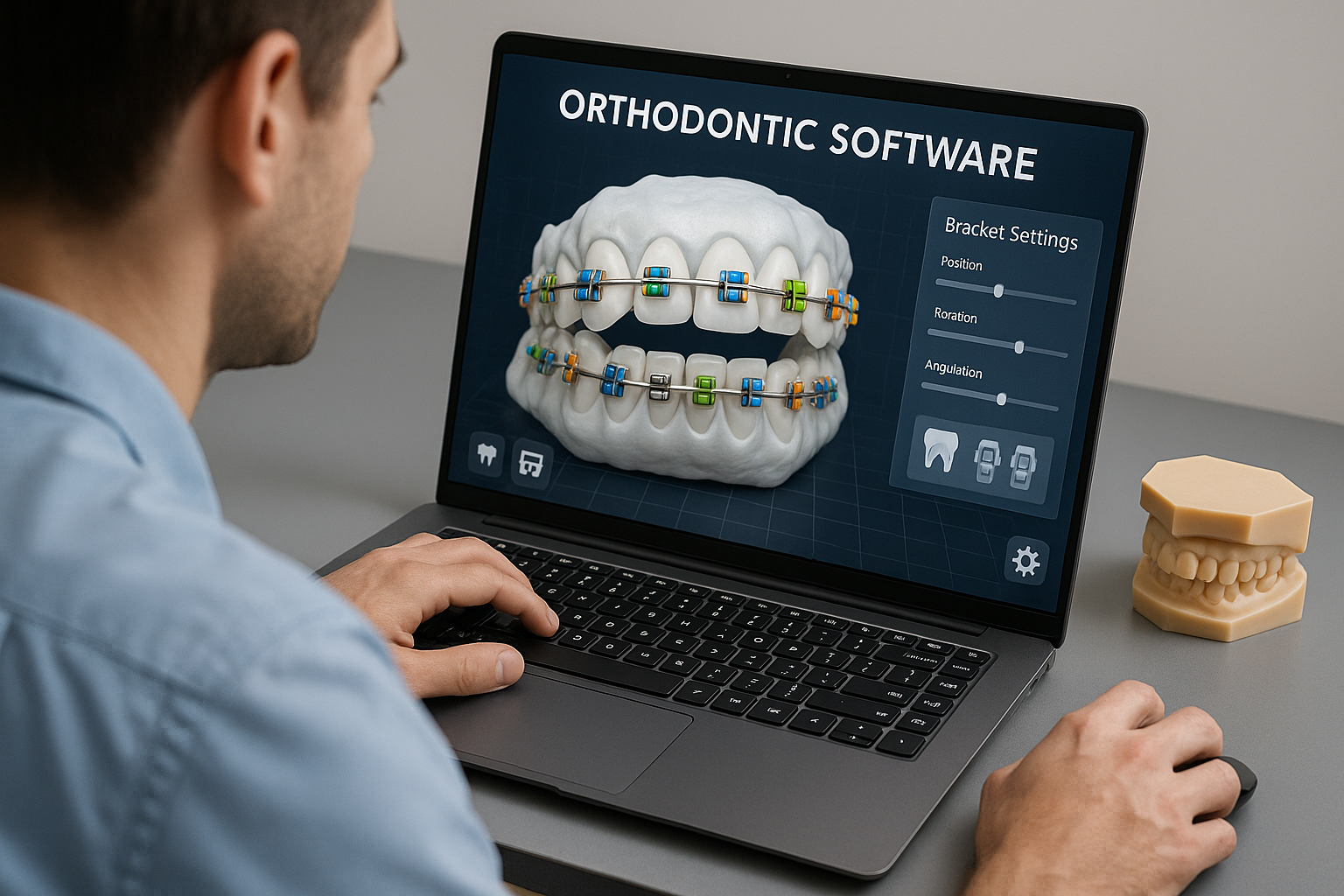Transforming Orthodontics: The Clinical Impact of 3D Printing on Dental Appliance Design
Transforming Orthodontics: The Clinical Impact of 3D Printing on Dental Appliance Design

1. Precision and Personalization Through Digital Scanning
The integration of digital intraoral scanners allows orthodontists to capture highly accurate 3D models of patients’ teeth. These digital impressions eliminate the discomfort of traditional molds and serve as the foundation for designing customized appliances. The result is a more comfortable fit and improved treatment efficacy.

2. Accelerated Appliance Production
Traditional methods of fabricating orthodontic appliances often involve lengthy processes and multiple appointments. With in-office 3D printing, orthodontists can produce appliances such as aligners, retainers, and brackets within hours. This rapid production reduces wait times and allows for quicker adjustments during treatment.
3. Advancements in Biocompatible Materials
Recent developments in 3D printing materials have led to the creation of biocompatible resins that are both durable and safe for intraoral use. These materials ensure that printed appliances are comfortable for patients and meet stringent health standards. Additionally, the availability of various material options allows for tailored solutions based on individual patient needs
4. Integration with AI for Enhanced Treatment Planning
Artificial Intelligence (AI) is increasingly being used alongside 3D printing to optimize orthodontic treatment plans. AI algorithms can analyze digital scans to predict tooth movement and simulate treatment outcomes, enabling orthodontists to devise more effective strategies. This synergy between AI and 3D printing leads to personalized care and improved results.
5. Sustainability and Cost-Effectiveness
3D printing contributes to more sustainable orthodontic practices by reducing material waste and minimizing the need for physical storage of models. Moreover, the efficiency of digital workflows lowers operational costs, making advanced orthodontic treatments more accessible to a broader patient population

Embracing the Future of Orthodontics
The adoption of 3D printing in orthodontics marks a significant leap forward in dental care. By enhancing precision, reducing treatment times, and enabling personalized solutions, this technology is reshaping the patient experience. As we continue to embrace digital innovations, the future of orthodontic treatment promises even greater advancements and improved oral health outcome